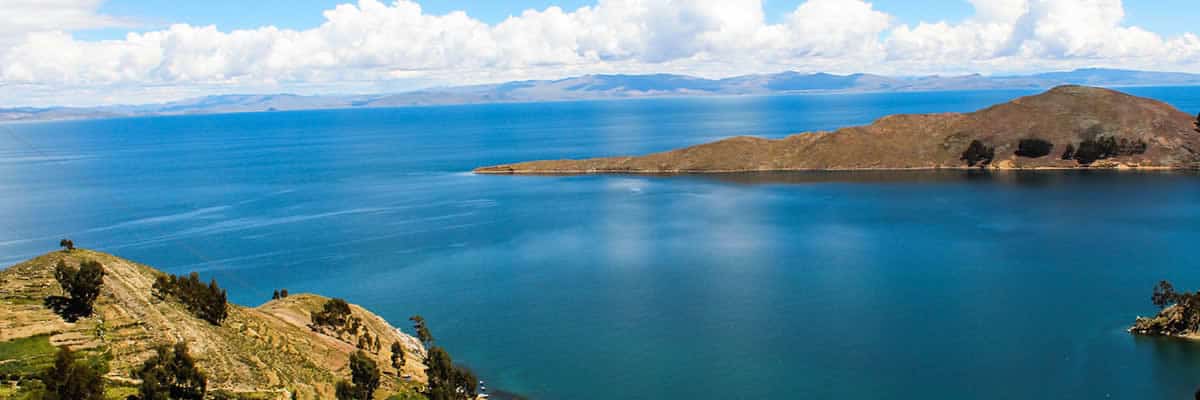
August 31, 2021 - Iletours Peru
One of the tourist destinations in South America that need no introduction. The great Inca citadel, that historic sanctuary embedded in the promontory that joins the mountains of Machu Picchu and Huayna Picchu at almost 2500 meters above sea level is the mecca of every traveler.
In addition to being part of UNESCO’s list of World Heritage Sites, it was declared one of the new seven wonders of the world. Absolutely unmissable.
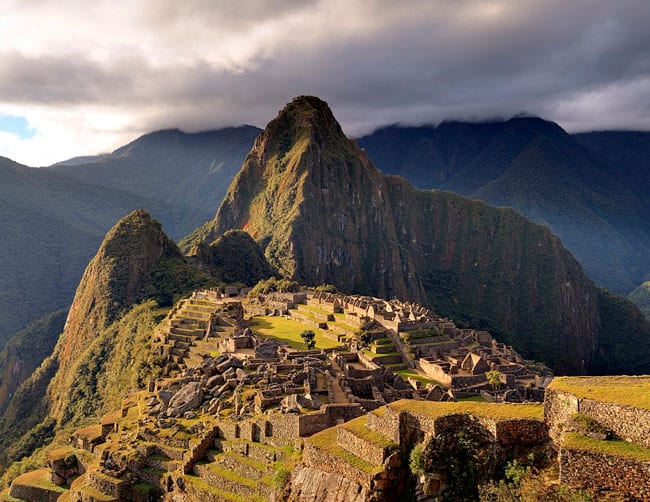
The archipelago has 13 islands and a number of islets, the Galapago Island can be reached by air from Quito or from Guayaquil, they are 1,000 kilometers from the continental coast, in the Pacific Ocean. Its exotic landscapes are not assimilated in any way to other islands of the Pacific, on the contrary, they are rather arid, resembling in many cases lunar scenarios, with huge lava fields, rock formations, cactus forests, and volcanic cones. Its marine landscapes, meanwhile, house underground volcanoes, rocky bottoms, vertical walls, and coral reefs, constituting the home of extraordinary biodiversity of species.
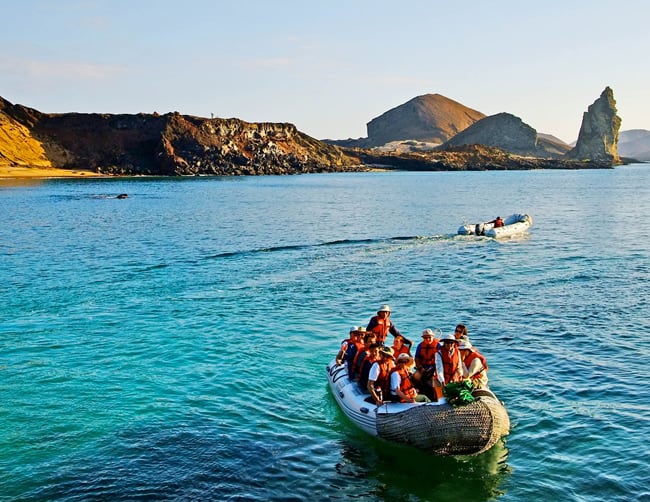
Copacabana is the best place to enjoy magnificent views and is a good starting point before arriving at La Isla del Sol, which is located in Bolivia in the municipality of Copacabana, located at 3810 meters above sea level.
Visiting the Isla del Sol is one of the best experiences you can have if you travel through the area. Sailing Lake Titicaca and immersing yourself in its myths, mysteries, history, culture, and landscapes is part of the attraction of this impressive place. The island is made up of three communities: Yumani (south), Challa (center) and Challapampa (north) of Isla del Sol.
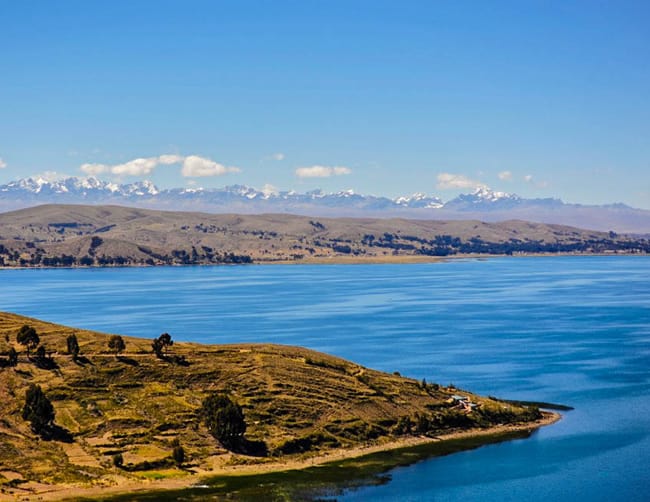
The vast Salar de Uyuni, the largest in the world, which occupies more than 10,000 square kilometers, is located at the southern tip of the Bolivian Altiplano. It is a high inland drainage plain located in the central Andes. About 40,000 years ago this area was part of a giant prehistoric lake that dried seasonally, leaving huge amounts of salt after evaporating.
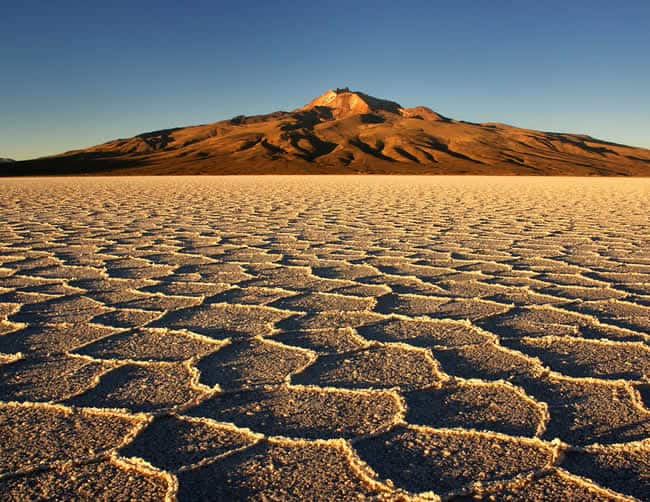
Land of the carnival and the samba, it has countless theaters, show houses, shopping centers, and gastronomic restaurants, open throughout the year, has a warm climate throughout the year, its tropical character makes it impossible to predict when it will rain. While it is true that September and October concentrate the greatest amount of rainfall of the year, we can also find rains during the summer, usually, short-term showers, various parts of the city are surrounded by extraordinary landscapes. It was the first city in the world to receive the title of Cultural Heritage of Humanity from Unesco.
Its most famous attractions such as the Christ the Redeemer, an art deco statue of Jesus Christ, and the Pão de Açúcar, a mountain complex, the city allows countless other programs focused on nature, adventure, religion, history, and culture, such as walks through the Jardim Botânico and the Santa Teresa tram, visits to the Metropolitan Cathedral and the Museum of Modern Art and the possibility of flying through the city from the Pedra Bonita ramp.
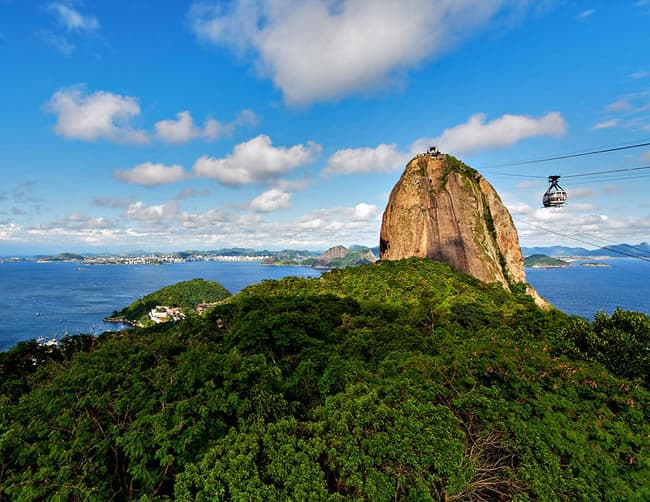
This is a modern and prosperous country where the biggest and busiest cities, and the smallest and quietest towns, are in spectacular landscapes. The people of Colombia are known for being cheerful, hardworking, kind and friendly, famous for warmly welcoming their visitors. Colombia has the extreme privilege of being one of the countries with the greatest biodiversity on earth. It has two oceans, three mountain ranges of the Andes, the huge Amazon rainforest and half of the highest moors in the world. It brings together diverse ecosystems such as glaciers, beaches, savannas, mountains, jungles, and deserts.
This geographical diversity is a great attraction for tourists because they can access five different regions from each other within the same country. Thanks to its position near the equator, Colombia maintains a constant temperature throughout the year, which varies somewhat according to the geographical region. For example, in coastal and plain areas it reaches 30º C. in low mountainous areas, the temperature averages about 24º C during the year. With more altitude it varies between 17º and 24º C and already in the high mountains the cold intensifies, reaching from 12º to below zero. The rainy season occurs from May to November.
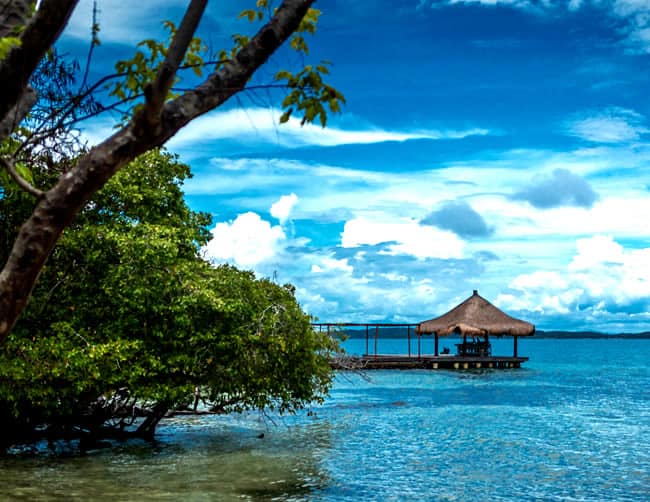
Its capital and main urban center in the city of Buenos Aires, a cosmopolitan city, located on the banks of the Río de la Plata, highlighted by its cultural offer, its European flavor, and a citizen atmosphere, being home to numerous unique natural wonders, among them They include the Aconcagua hill, the highest mountain outside the Himalayas, the Snowy Ojos del Salado, the highest volcano in the world, and the Iguazu Falls, a group of jumps with the highest flow of the planet.
One of its most popular destinations is the Iguazu Falls, with 275 waterfalls that can reach up to 80 m high. For all this and more, the Iguazú National Park is considered one of the 7 natural wonders of the world and World Heritage, it has 250,000 km2 of extension with world-renowned landscapes as one of the most beautiful.
As well as the “Lighthouse of the End of the World“, in the Mar del Plata, destination par excellence in summer for all who enjoy the sea, waves, sand, and a good tan.
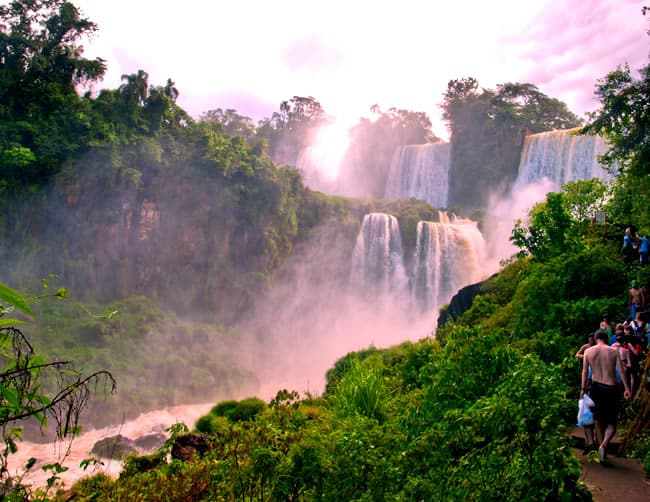
Luxury Lima, Cusco, Sacred Valley, Machu Picchu.
2020 ILE Tours Luxury Peru Travel